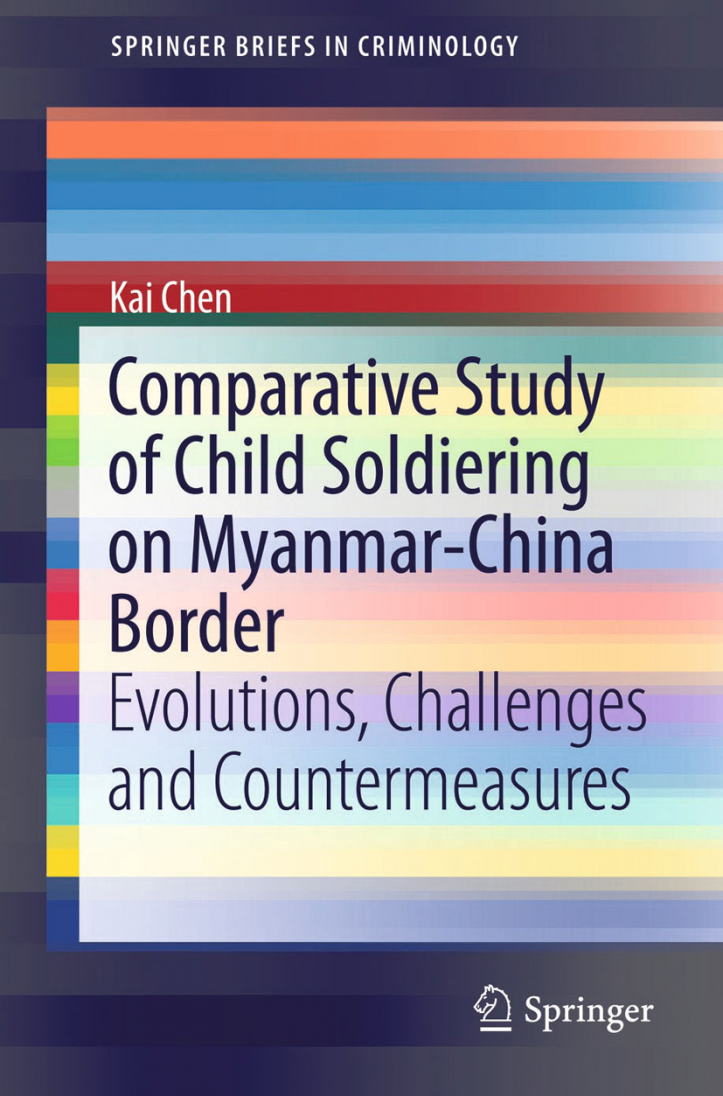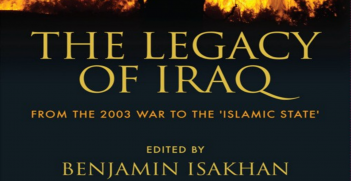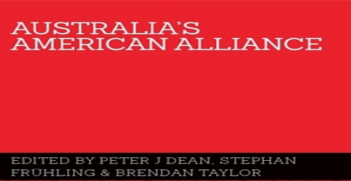Comparative Study of Child Soldiering on Myanmar-China Border

‘Comparative Study of Child Soldiering on Myanmar-China Border’ is a technical monograph examining the extremely important issue of child soldiering along the Myanmar – China border.
The book rightly acknowledges that child soldiering is far more common throughout history than we may recognise. ‘Like a shadow following a shape, child soldiering is inseparable from the course of human history’.
Chen begins by providing an overview of the phenomenon of child soldiering. With the exception of Myanmar, no national army currently engages in the practice of regularly and systematically recruiting children into its ranks. The major shift seen in the move from the pre to the post WWII era is that nation states are no longer the main recruiters of child soldiers. In an era of international norms that prohibit the use of individuals under 18 in armed conflict, the main recruiters of child soldiers are now armed non-state groups. So why is Myanmar the exception? This book answers this question through a thorough comparative study of the structural factors at play.
The monograph is not for those who wish to examine child soldiering as a broader phenomenon, although it does provide a brief insight into the background literature. Chen primarily seeks to apply the general discussion and research on child soldiers to the specific context of Myanmar and in particular, the Myanmar-China border. The book moves methodically through each area of examination. The layout is clear and accessible. Each chapter is neatly laid out as a ‘mini article’ with abstract and key words.
After examining the structural factors at play, Chen applies the concept of ‘limited statehood’ to the examination of the problem of child soldiers in Myanmar. Chen argues that Myanmar’s limited statehood creates significant limitations to its capacity to govern and implement an ‘optimal’ solution to child soldiering. In light of this conclusion, Chen proposes introducing the concept of ‘public private partnership’ as a ‘second best solution’. Introducing the concept of public-private partnership is an interesting approach and one that I do not believe has been applied previously to the study of child soldiers. The literature to date is primarily focused on human rights approaches. In this sense, Chen offers a fresh perspective on the issue.
The short monograph is part of the Springer briefs in Criminology and it is clear this text sits within this field of focus. Much of the language is very technical in nature and this book is for those with a deep interest and engagement in the fields of security studies and international relations.
To finish, Chen examines a number of governance approaches employed by other countries to manage child soldiers and proposes a number of ‘countermeasures’ to be implemented within Myanmar. It is debatable how applicable these measures may be within the current political context. The book concludes by proposing more questions and further avenues for future research, but as the author rightly points out, good analysis should create more questions than it answers.
Kai Chen, A Comparative Study of Child Soldiering on Myanmar-China Border: Evolutions, Challenges and Countermeasures, Springer, 2014
Reviewed by Dr Mhairi Cowden, policy officer in the Department of the Premier and Cabinet, Government of Western Australia.





